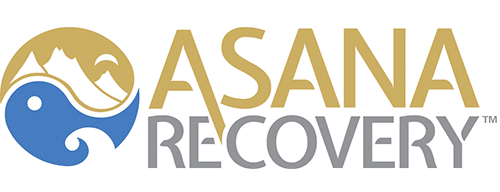If you work in a fast food joint or a convenience store, you have certain expectations about the job. Run the register, do some stocking, deal with the occasional rude customer, maybe mop the floors. One thing that no one in customer service shows up to work expecting is to encounter someone who has just overdosed and try to figure out how to help them, but people in these jobs are increasingly turning into unwitting first responders. Public bathrooms are a popular place to do drugs, which means they’re common sites for overdoses.
Why would someone decide to shoot up in a gas station bathroom? It’s safer and cleaner than doing it in other public places, if the addict is homeless or just can’t wait any longer for their next fix. There’s a certain amount of privacy, especially if it’s a single stall bathroom. Drug users are also aware that it’s safer to inject drugs in a place where they’re likely to be found sooner rather than later if they do overdose. According to one study from 2016, 60 percent of business managers had encountered drug users in their bathrooms, and 34 percent found syringes that had been left behind.
Obviously, no one wants to find someone dead or dying in their place of business. Some places are combating this by adding security to their bathrooms. Those keys on a block of wood are becoming a thing of the past. There are some fast food restaurants that have actual security guards stationed near the bathroom, waiting to check your receipt to prove that you were a customer. Other places have electronic locks on the door requiring a code that you get at the counter. A few have tried installing blue lights in their bathrooms, which are supposed to make it harder for people injecting drugs to see their veins.
When staff do encounter these situations, they often don’t know what to do. The odds that they have naloxone on hand and are trained in how to use it are low, and they might be concerned that they’ll do something wrong or the patient will die anyway and they’ll be held accountable.
What’s the solution? Some experts have urged increased availability of naloxone, along with training on how to administer it. Others suggest that supervised injection sites could be the answer. These sites allow heroin addicts to use drugs in a safe, clean place, without the fear of being arrested. There are people available to help in case of overdose, and typically there will be new needles available. Whatever the answer, it’s clear that the opioid crisis isn’t going to end any time soon, and all of us need to be prepared for this kind of situation.
If you or a loved one need help with quitting drugs or alcohol, consider Asana Recovery. We offer medical detox, along with both residential and outpatient programs, and you’ll be supervised by a highly trained staff of medical professionals, counselors, and therapists. Call us any time at (949) 438-4504 to get started.



